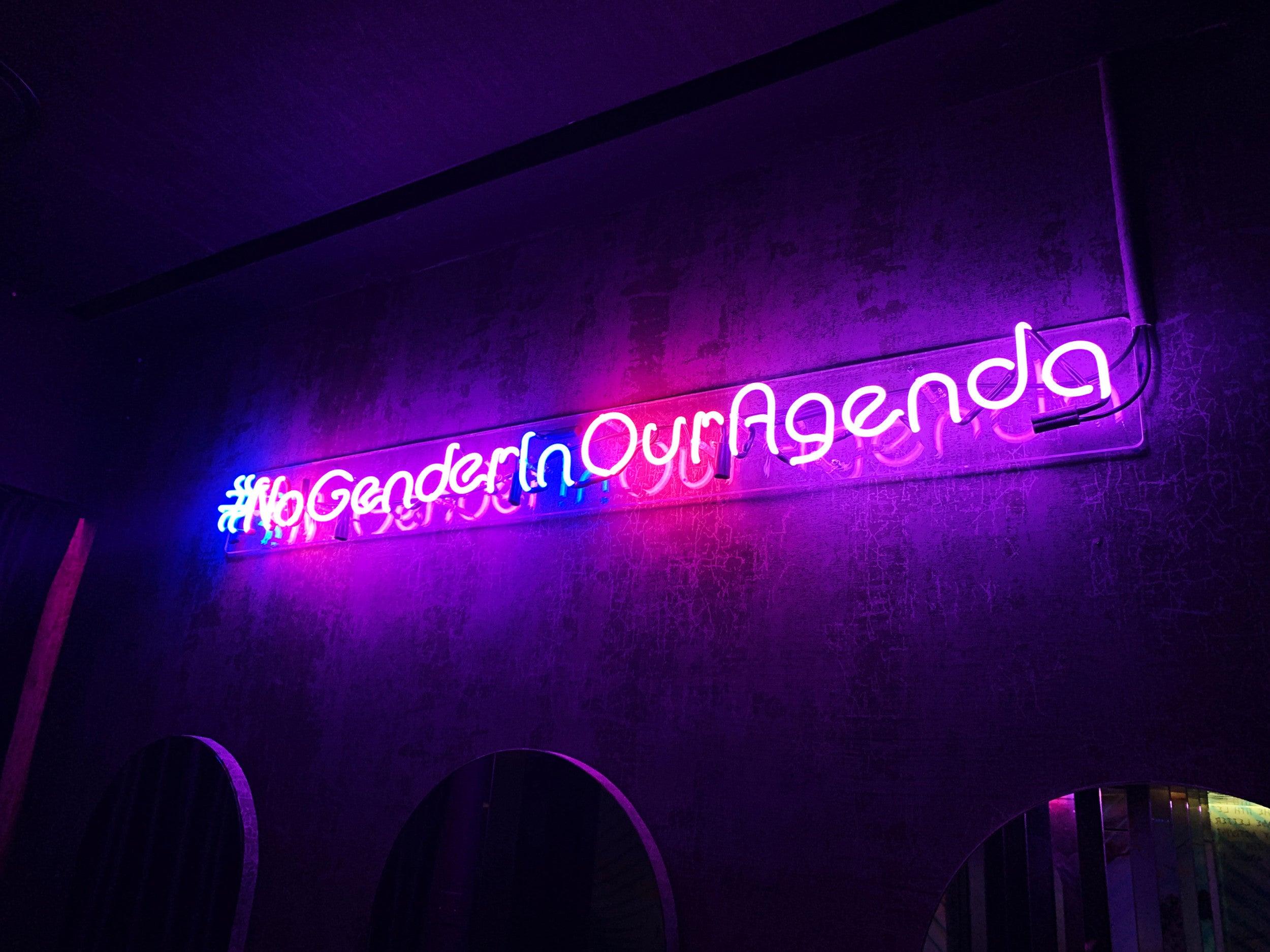Neon lights are known for their captivating and eye-catching lighting. However, LED neon lights are now challenging the traditional glass neon lights due to technological advancements. This article explores the materials and key differences between these two types of neon lights.
 1、Applied Materials of Glass Neon Lights:
1、Applied Materials of Glass Neon Lights:
Glass neon lights employ traditional manufacturing techniques and their key materials include:
-
Glass Tubes: Glass tubes are the core components of glass neon lights and can be transparent or colored. Their shape can be customized based on design requirements, such as round, straight, or curved.
-
Gas: Neon gas (Ne) or argon gas (Ar) is commonly used as the luminescent gas in glass neon lights. These gases are filled into the glass tubes and emit specific colors of light when current passes through them.
-
Electrodes: Metal electrodes are placed at both ends of the glass tubes, usually made of nickel-iron alloy or stainless steel. The electrodes serve to introduce current into the gas, exciting it to emit light.
-
Vacuum Sealing: To maintain the purity and stability of the gas, the glass tubes must be vacuum-sealed to prevent gas leakage.
-
Support Structures: Glass neon lights require support structures to secure and maintain their shape. These structures can be made of metal or plastic components.
-
To make glass neon lights shine brightly, they need a special device called a high-voltage transformer. This transformer takes low voltage electricity and turns it into the high voltage needed to power the neon lights.

-
Applied Materials of LED Neon Lights:
-
-LED neon lights use tiny electronic parts called LED chips to produce light. These chips are made from special materials like gallium nitride. LED chips are small, efficient, and can last a long time.
-
-To protect and hold the LED chips in place, they are covered with a special material called encapsulation. This material is usually a clear plastic or resin. It not only keeps the LED chips safe but also helps create different light effects.
-
Circuit Boards: LED neon lights require circuit boards for support and to connect the LED chips. Circuit boards are usually made of glass fiber-reinforced epoxy resin and provide power and control signals.
-
-To make LED neon lights work, we need special wires and connectors to connect them to power sources and control systems. These wires and connectors carry electricity and signals to the lights.
-
-LED neon lights can also have a special device called a controller. The controller helps us change the brightness, color, and special effects of the lights. It can be built into the lights or a separate device that we use to control them.
 There are differences between glass neon lights and LED neon lights. Glass neon lights are made of glass tubes, gas, and electrodes, while LED neon lights utilize LED chips and circuit boards. Glass neon lights have a traditional and classic style, while LED neon lights are more energy-efficient, have a longer lifespan, and offer a wider range of lighting effects and control options. The choice between these two types of neon lights depends on your needs and preferences.
There are differences between glass neon lights and LED neon lights. Glass neon lights are made of glass tubes, gas, and electrodes, while LED neon lights utilize LED chips and circuit boards. Glass neon lights have a traditional and classic style, while LED neon lights are more energy-efficient, have a longer lifespan, and offer a wider range of lighting effects and control options. The choice between these two types of neon lights depends on your needs and preferences.




